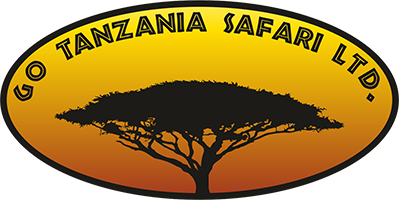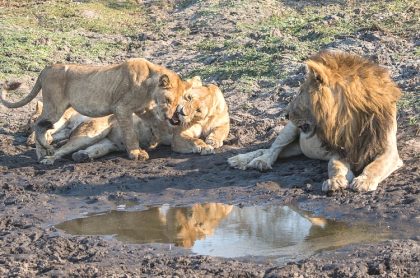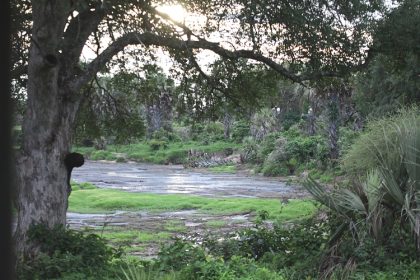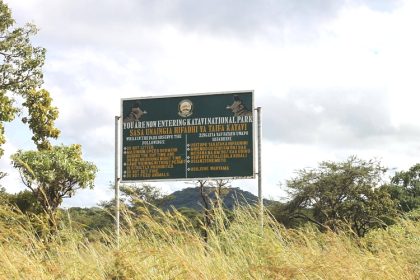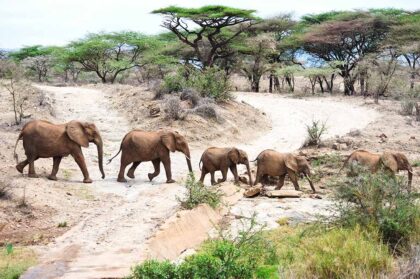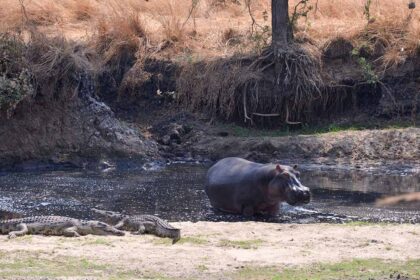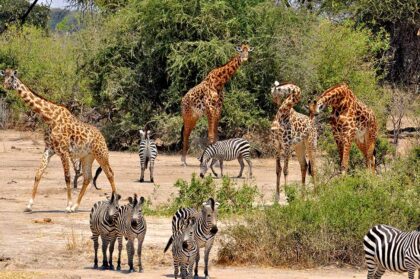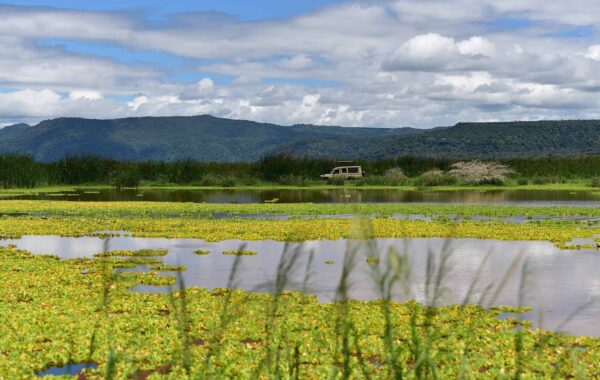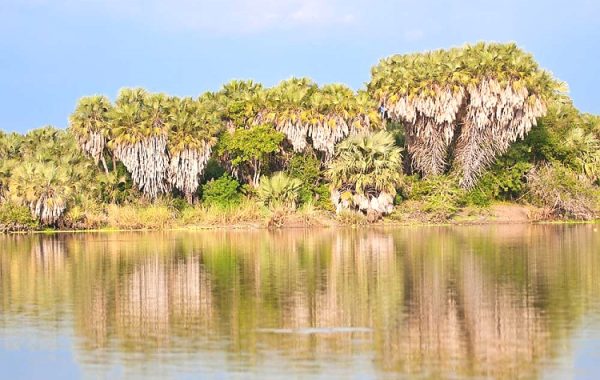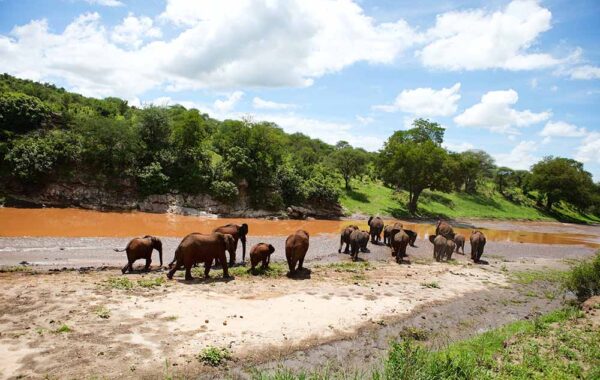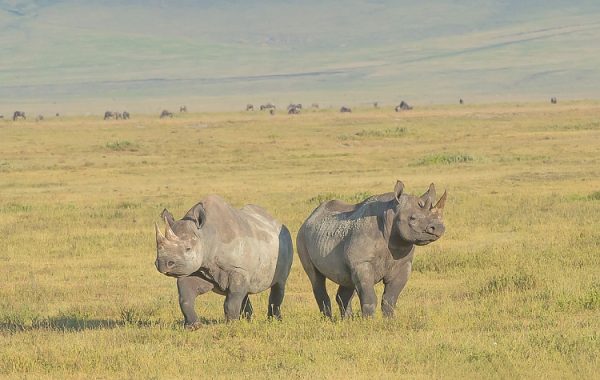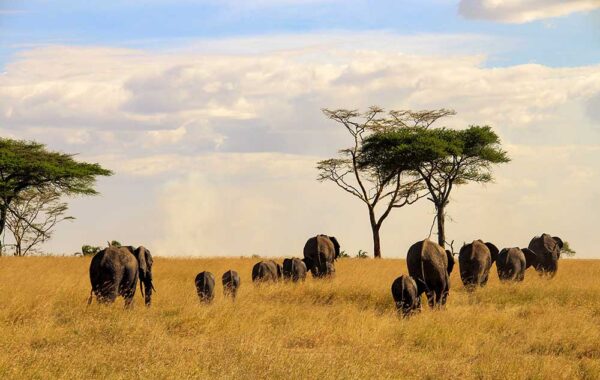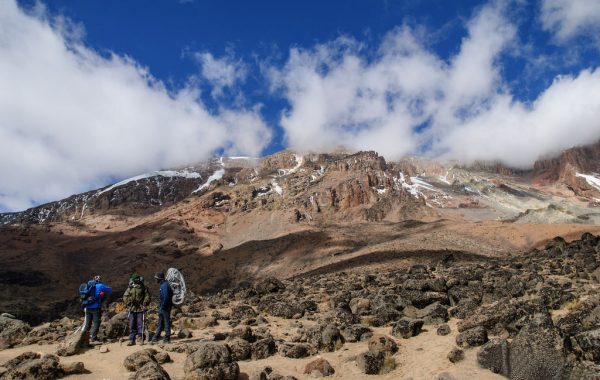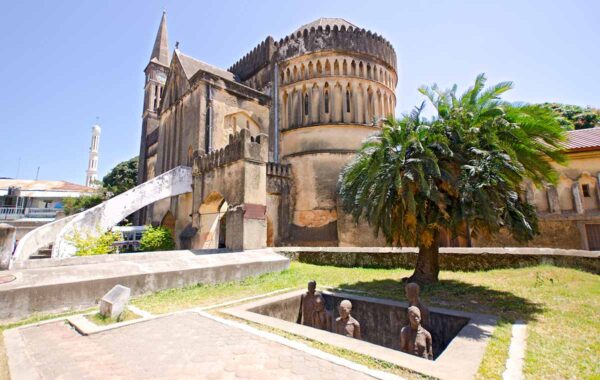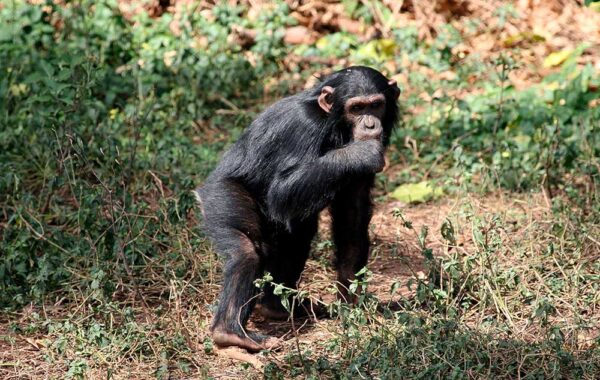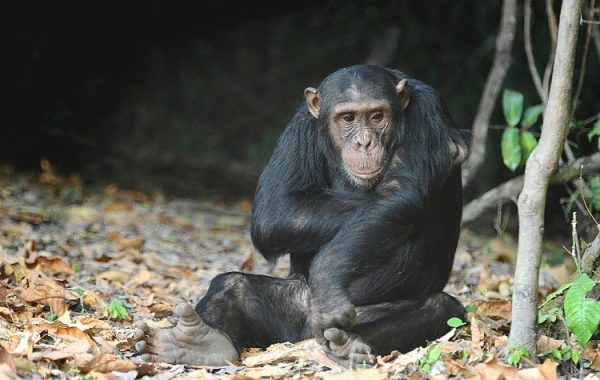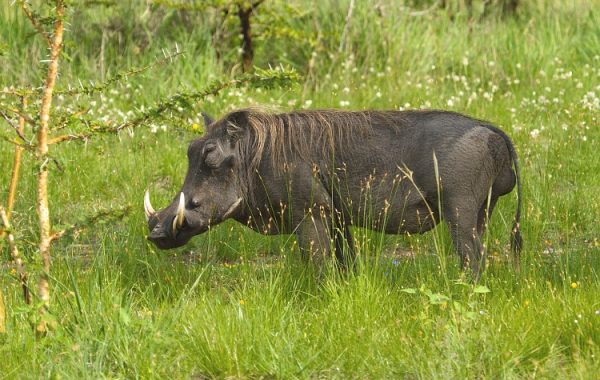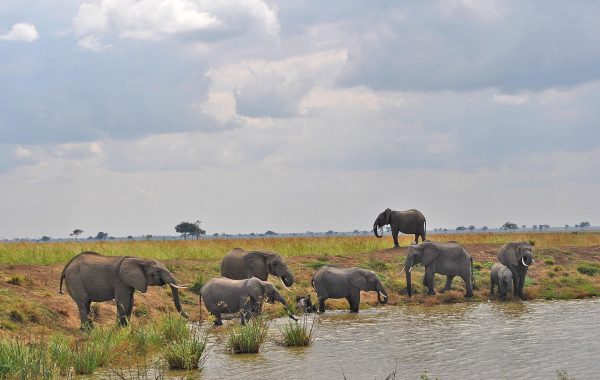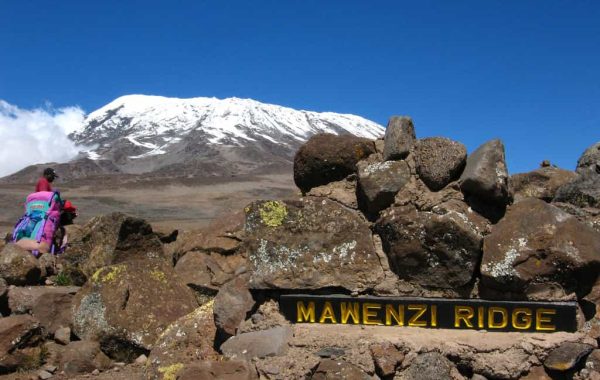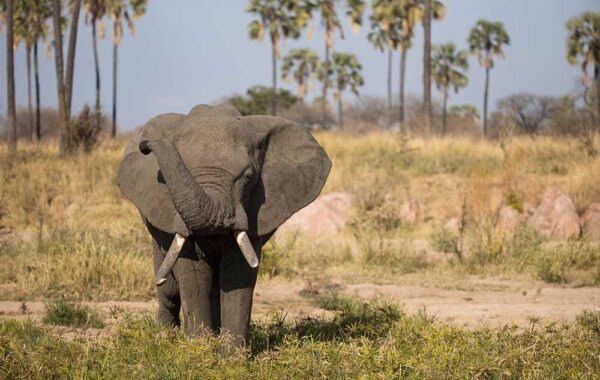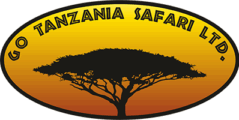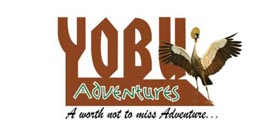Katavi National Park
Katavi National Park is vast at about 5000 square and is teeming with wildlife, which is unmatched anywhere else in Africa. Katavi National Park is the Tanzania’s third largest national park, it lies in the remote southwest of the country, within a truncated arm of the Rift Valley that terminates in the shallow, brooding expanse of Lake Rukwa.
The bulk of Katavi supports a hypnotically featureless cover of tangled brachystegia woodland, home to substantial but elusive populations of the localised eland, sable and roan antelopes. But the main focus for game viewing within the park is the Katuma River and associated floodplains such as the seasonal Lakes Katavi and Chada. During the rainy season, these lush, marshy lakes are a haven for myriad waterbirds, and they also support Tanzania’s densest concentrations of hippo and crocodile.
It is during the dry season, when the floodwaters retreat, that Katavi truly comes on its own. The Katuma, reduced to a shallow, muddy trickle, forms the only source of drinking water for miles around, and the flanking floodplains support game concentrations that defy belief. An estimated 4,000 elephants might converge on the area, together with several herds of 1,000-plus buffalo, while an abundance of giraffe, zebra, impala and reedbuck provide easy pickings for the numerous lion prides and spotted hyena clans whose territories converge on the floodplains.
Summary:
-
Location: Remote southwestern Tanzania, near Lake Tanganyika.
-
Established: 1974.
-
Size: About 4,471 square kilometers — Tanzania’s third-largest national park.
-
Accessibility: Very remote and less visited; usually accessed by small aircraft from Arusha or Dar es Salaam.
-
Wildlife: Known for large herds of buffalo (up to 1,000), elephants, lions, hippos, crocodiles, giraffes, zebras, leopards, and various antelope species.
-
Birdlife: Over 400 bird species, including fish eagles, storks, and herons.
-
Unique Feature: Spectacular dry-season concentrations of wildlife around shrinking water sources like the Katuma River and seasonal lakes (Lake Katavi and Lake Chada).
-
Landscape: Mix of floodplains, miombo woodlands, seasonal lakes, and riverine forests.
-
Activities: Game drives, guided walking safaris, and birdwatching — ideal for experienced safari-goers seeking solitude.
-
Tourism: One of Tanzania’s least visited parks, offering a raw, untouched wilderness experience.
-
Best Time to Visit: Dry season (June to October) for peak wildlife viewing.
Attractions
Katavi’s hippos provide most singular wildlife spectacle. Towards the end of the dry season, up to 200 individuals might flop together in any riverine pool of sufficient depth. And as more hippos gather in one place, so does male rivalry heat up – bloody territorial fights are an everyday occurrence, with the vanquished male forced to lurk hapless on the open plains until it gathers sufficient confidence to mount another challenge. The springs and pools get packed sardine-like with hippos, crocodiles and elephants.
There are two or three major pools where the hippos are packed in very tightly in a very small area. The main pool at the ranger post sometimes contains as many as 3200 hippos, whilst a similar number will be in a nearby pool. Sharing these shrinking pools of water during the dry season are some good sized crocodiles and maribou storks, which pull the wriggling catfish out of the mud too.
Access
The park can be accessed through Charter flights from Dar or Arusha. By road a tough but spectacular day’s drive from Mbeya (550 km/340 miles), or in the dry season only from Kigoma (390 km/240 miles).
It is possible to reach Mpanda by rail from Dar via Tabora, then to catch public transport to Sitalike, where game drives can be arranged. If travelling overland, allow plenty of time to get there and back.
